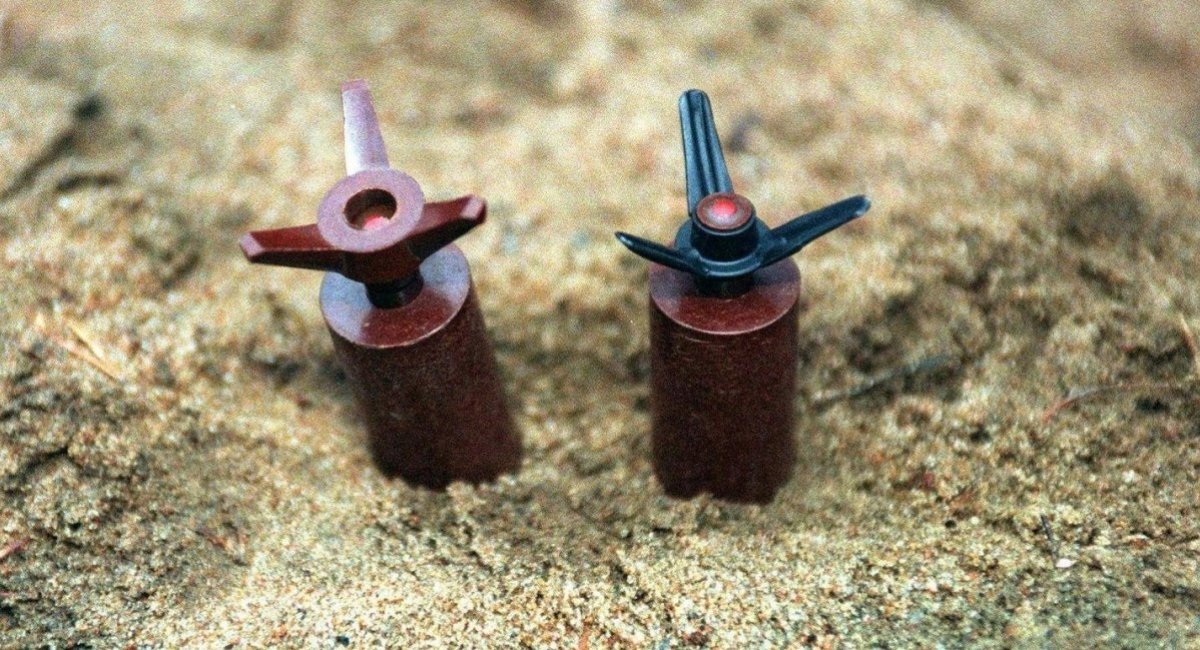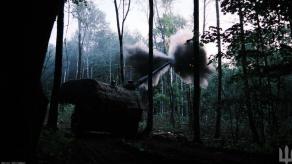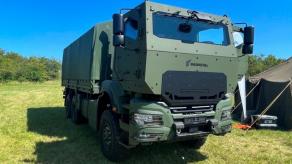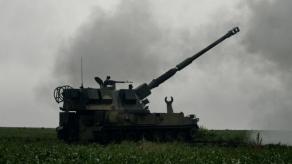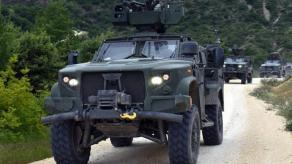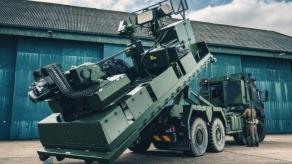Two European NATO countries — Finland and Lithuania — will begin producing anti-personnel mines in 2026, as reported by Reuters. Both nations have announced their withdrawal from the Anti-Personnel Mine Ban Convention, also known as the Ottawa Treaty.
They join Poland, Latvia, and Estonia in exiting the agreement — a move directly linked to the rising threat from russia, an aggressive neighbor that has repeatedly violated humanitarian law in Ukraine and elsewhere.
Read more: How Ukrainian TM-2025 Mine Combines Innovation, 3D Printing to Counter russian Armour

Lifting the ban entails an immediate problem: where to source large quantities of anti-personnel (AP) mines. Finland, Lithuania, and Poland have opted to rely on domestic industry to fill this gap.
Lithuanian Deputy Defense Minister Karolis Aleksa confirmed that national producers would contribute to the mine stockpiles. Likewise, Heikki Autto, chairman of the Finnish parliament's defense committee, emphasized that Finland must have its own production of anti-personnel mines, described by him as "highly effective and very cost-efficient weapons systems." Both countries also expressed readiness to supply AP mines to Ukraine.
In Poland, the Polska Grupa Zbrojeniowa (PGZ) conglomerate and ammo maker ZSP Niewiadów have also declared readiness to produce AP mines. However, ZSP Niewiadów specified that scaling up to mass production would only be feasible by around 2027.
On a note from Defense Express, this discourse once again reminds that exiting international treaties like the Ottawa Convention requires not only political will but also industrial capacity. Those capabilities must either exist or be rapidly restored. In this regard, Finland appears to be in the most advantageous position, having only joined the Ottawa Convention in 2012.
Finland's Forcit Defence already offers the Hailstor directional AP mine, designed for remote control — a feature that technically exempts it from the Ottawa Treaty’s restrictions.
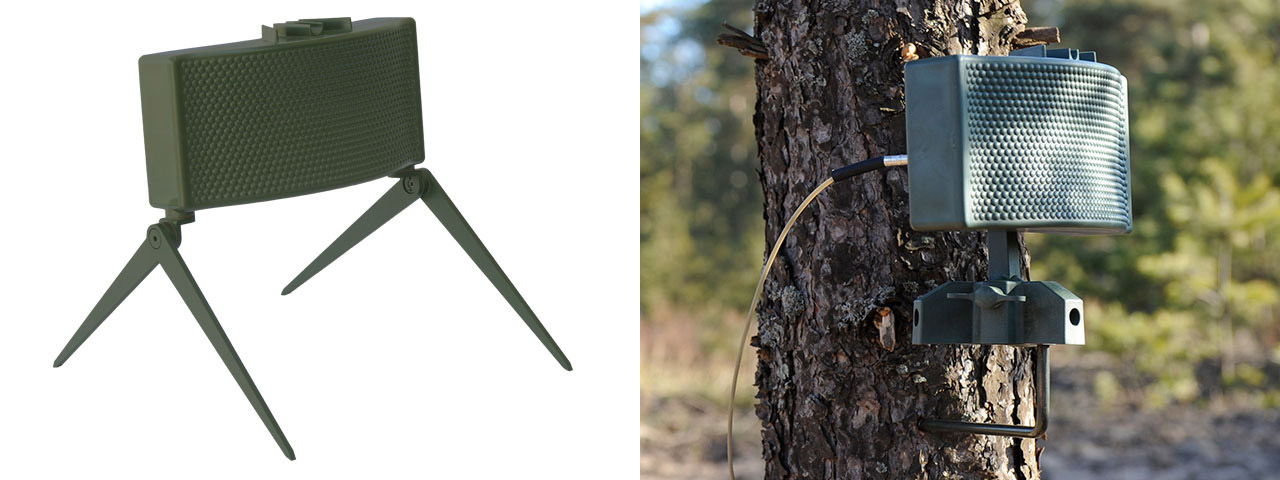
Another project nearing completion as of 2023 was the TOC (Take Off Canister) mine, developed by Leijona Instituutti Oy. This bounding mine launches a warhead with up to 4,000 steel pellets to a height of 20–30 meters, capable of striking targets across a 50–100 meter radius.
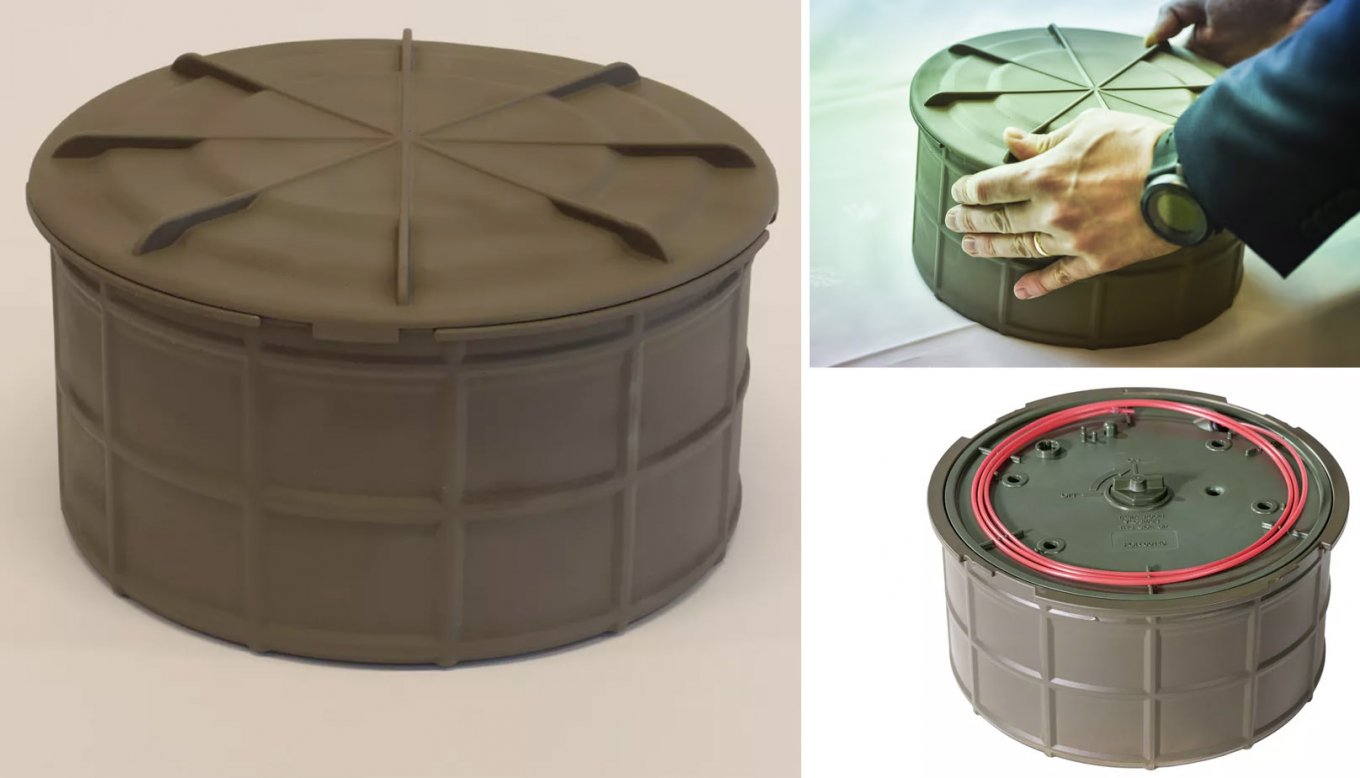
However, these systems are relatively low in production volume. To mine Finland’s extensive 1,200+ kilometer border with russia, greater scale is needed.
Therefore, the country may look towards older, mass-producible designs. Among them is the PM-68 — a 0.9 kg tripwire mine derived from the World War II-era PM-43 — with an effective lethality radius of about 15 meters.
Another candidate is the Sakaramiina (SM 65-98), a small pressure-activated mine containing 60 grams of explosives. Over 800,000 units were produced during its run, and its design was specifically intended to injure enemy personnel rather than kill, aligning with Cold War-era doctrine.
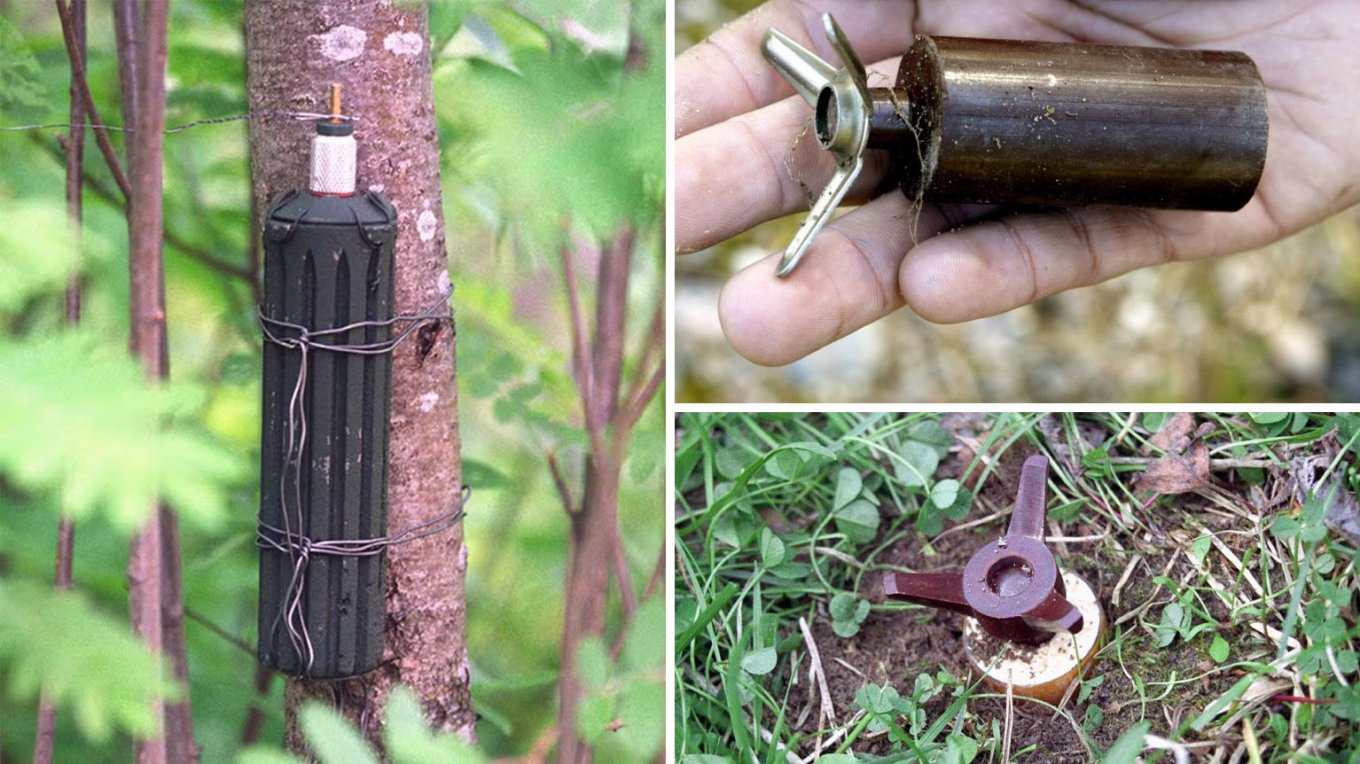
Given that the five NATO countries leaving the Ottawa Treaty share a combined land border of roughly 3,000 kilometers with russia, high-volume, simple designs like the SM 65-98 may offer the most practical solution. Even if it's less technologically advanced than modern smart mines.
Read more: Ukraine Develops Anti-Drone Ammo: Gamechanger or Filler?



